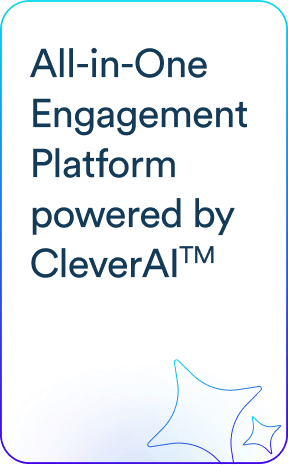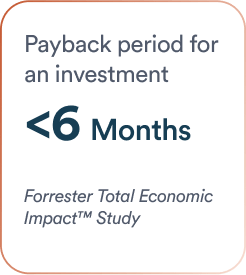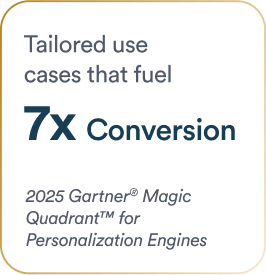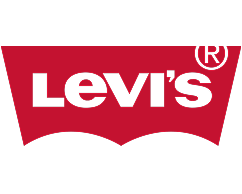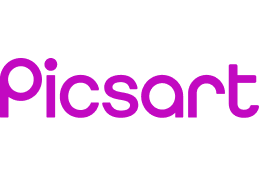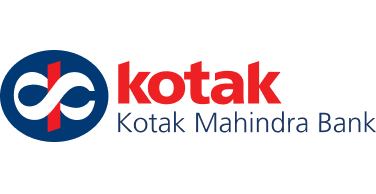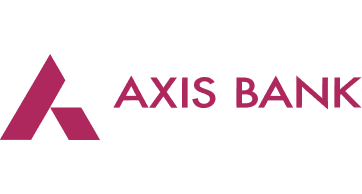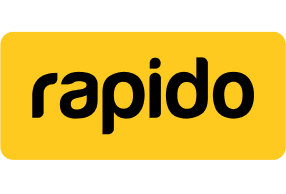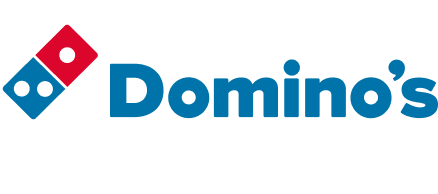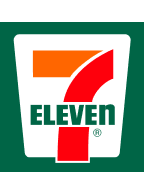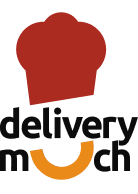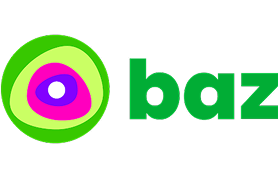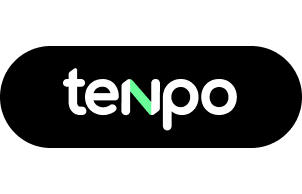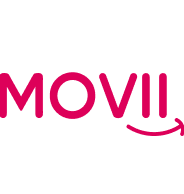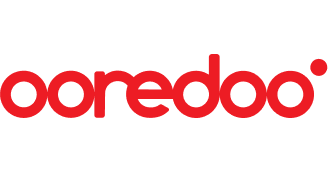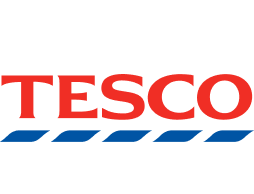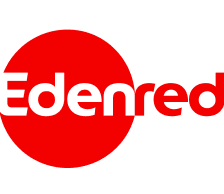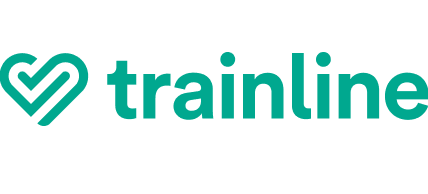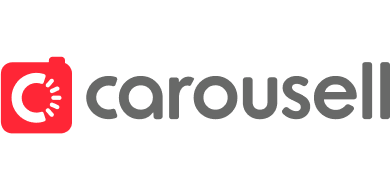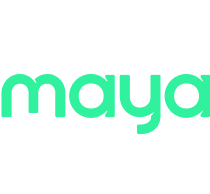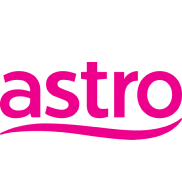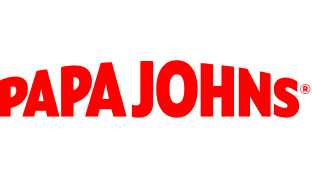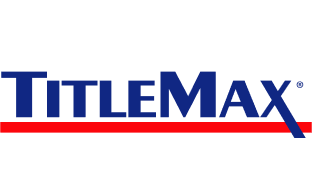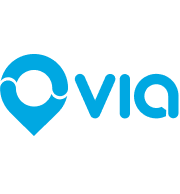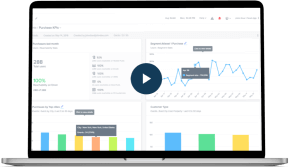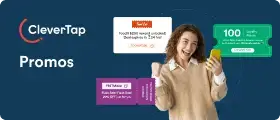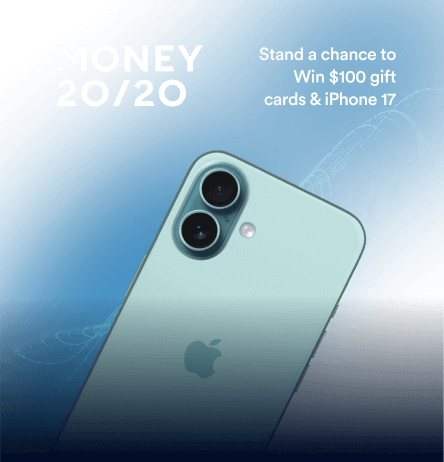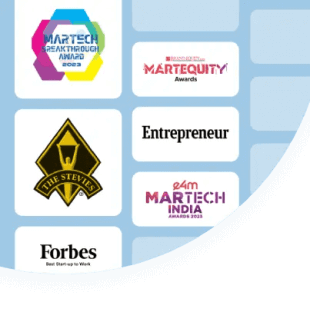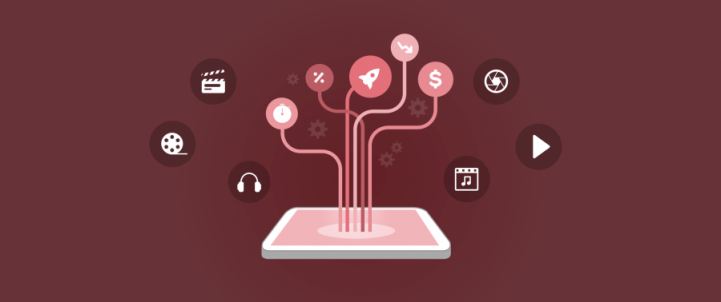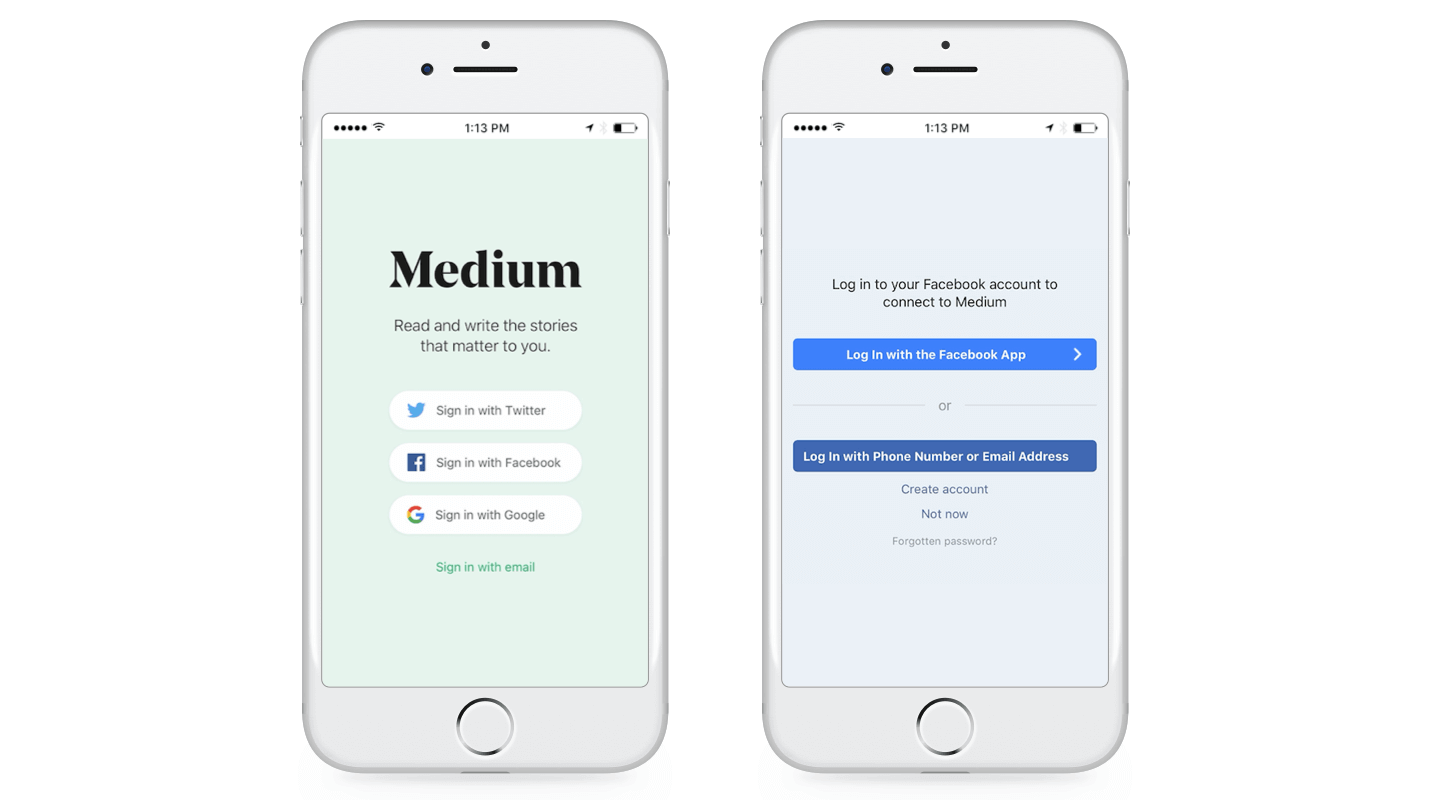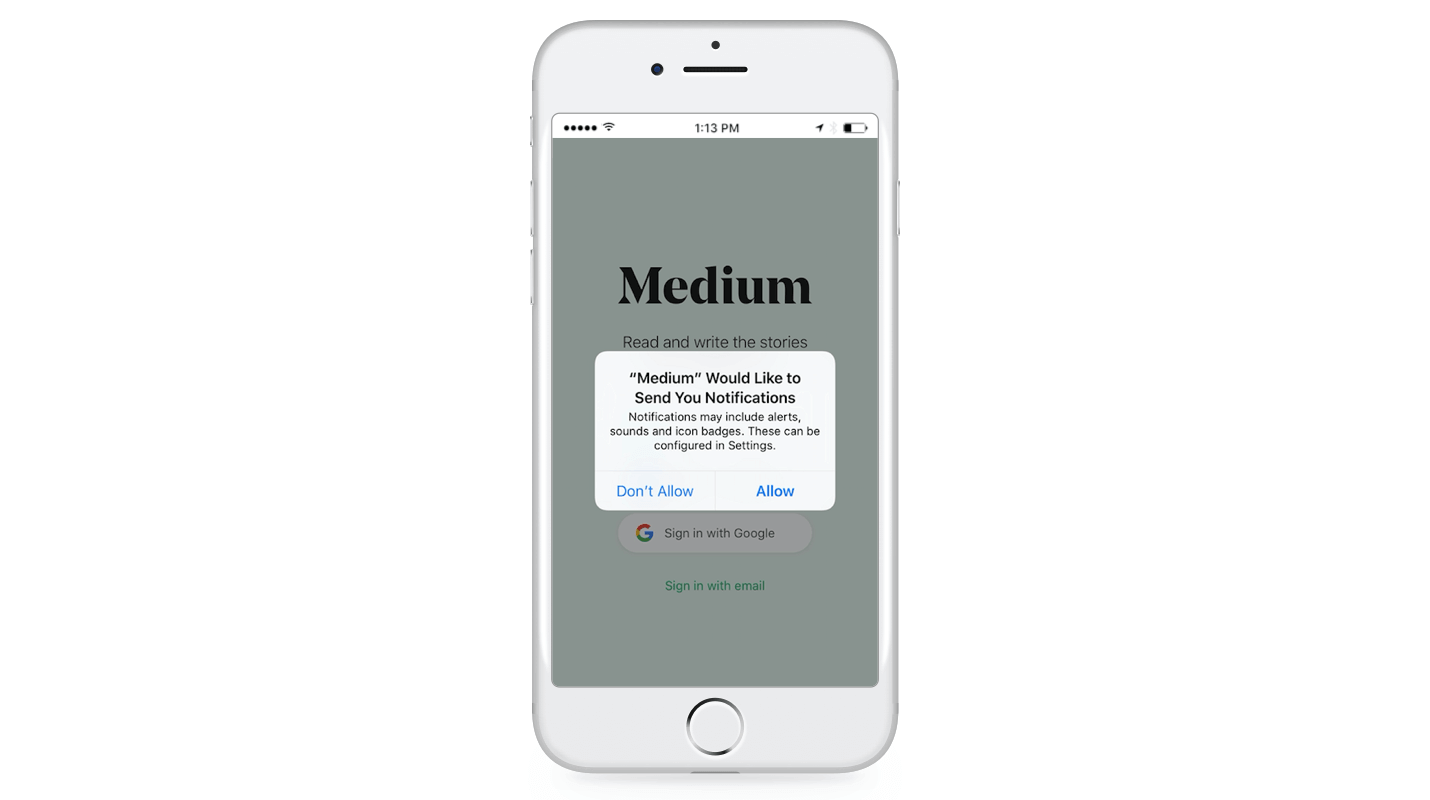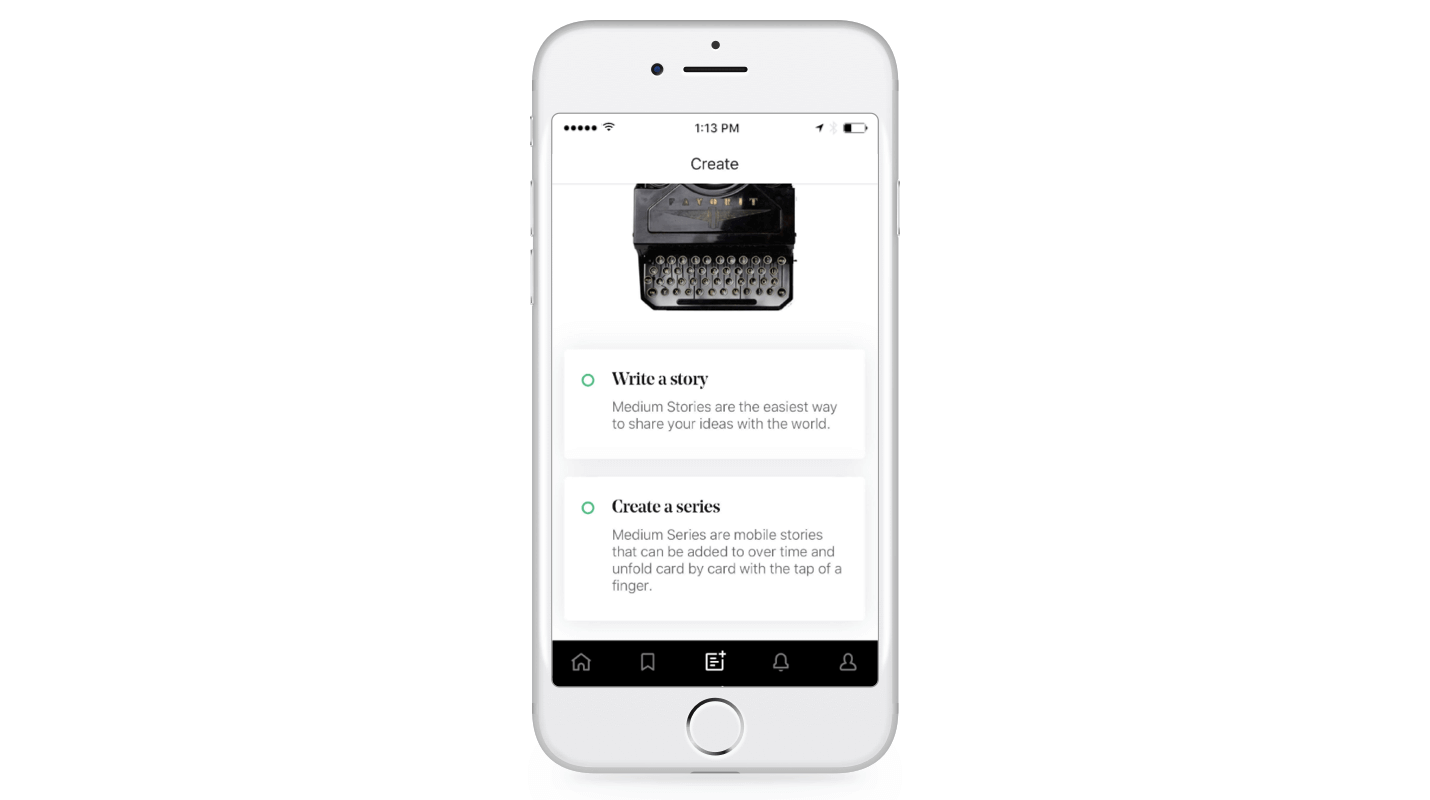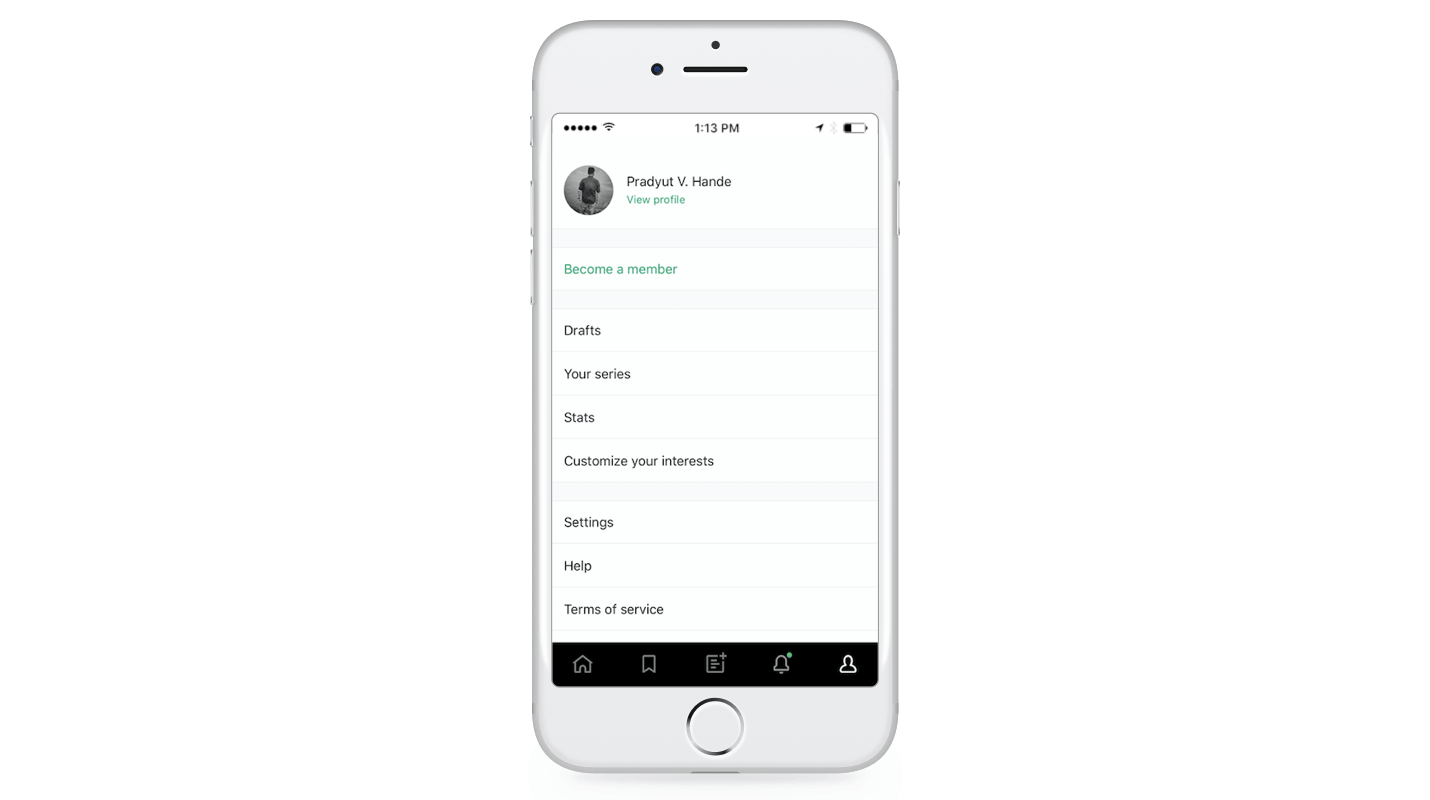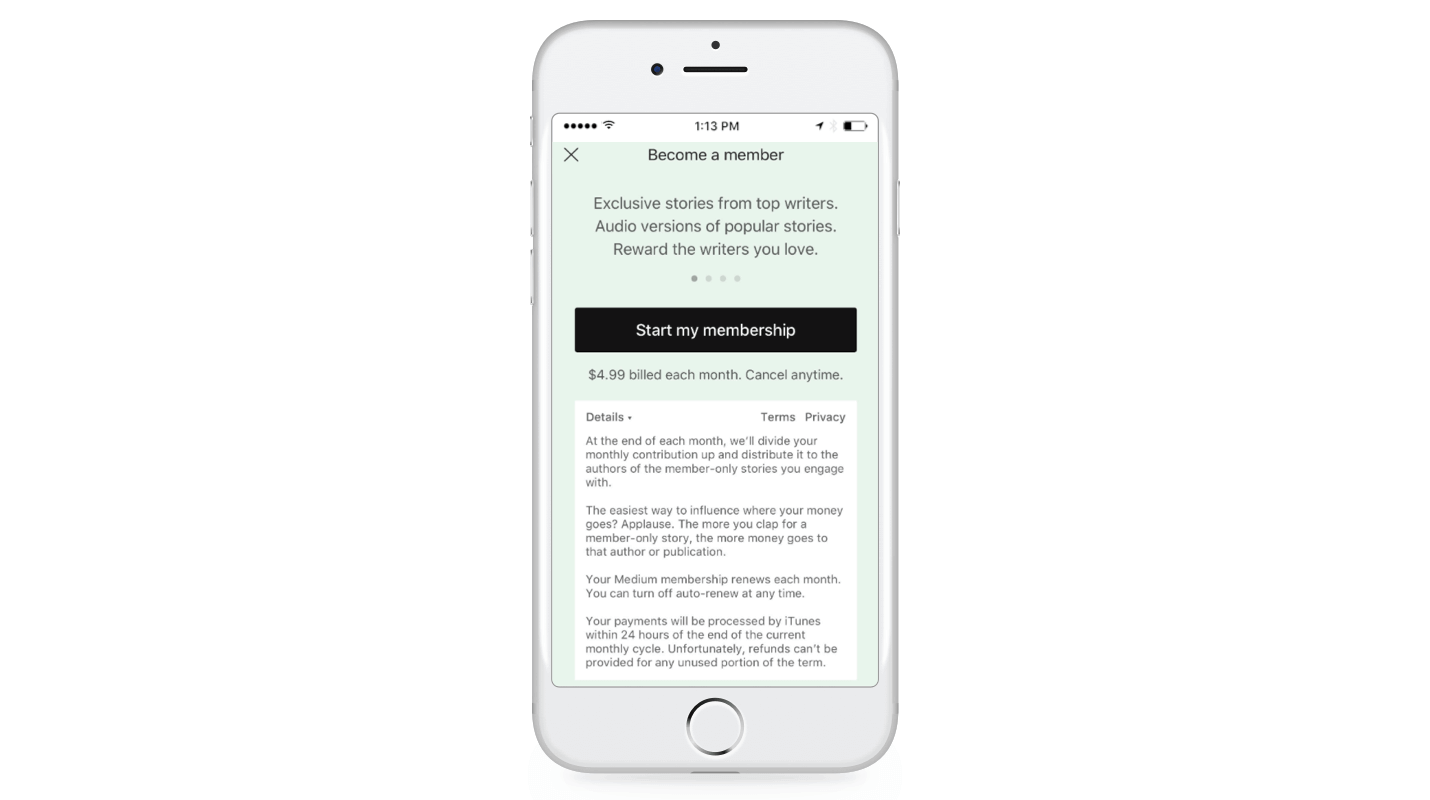So, you’ve created a fabulous media app, put in place a smart app awareness strategy, and secured an impressive number of app downloads.
What now?
Once your user has been acquired, you need to offer a seamless mobile user onboarding experience that lays the foundation for successful adoption, engagement, and retention.
Done right, onboarding sets the ball rolling for you to deliver a fantastic user experience communicate your core value across the entire app user lifecycle.
Why Should Media and Entertainment Apps Even Care About User Onboarding?
Mobile apps now constitute almost 52% of all time spent on digital media. This presents you with a major opportunity to target users, persuading them to search, browse, consume, and purchase.
However, approximately 20% of all media and entertainment apps aren’t even opened after initial app download and launch.
You only get one chance to win over new users. This makes your app onboarding flow extremely important.
Yes, user interfaces should be simple and intuitive. But at the same time, you can’t realistically expect new users to understand your app’s interface without any direction at all.
Keeping in mind your app’s unique target user base and core value, your media and entertainment app should have a user onboarding flow that focuses on:
- Function: Briefly highlights the major app functions
- Benefits: Highlights the key benefits of using your app
- Actions: Showcases critical actions the user is most likely to complete
Learning from the Best: The Medium Story
Popular content publication and distribution platform Medium is a classic example of a media app built on a simple yet elegant user interface. It offers quality and diverse content created by a loyal group of global users.
With over 5 million installs across Android and iOS, Medium has re-envisioned the way content is created, consumed, and shared.
At the core of Medium’s success is its efficient user onboarding flow.
- Simple “Welcome” Messaging with Social Login Integration
Medium’s “without-much-ado” approach is apparent in its simple welcome screen.

It quickly communicates Medium’s value, while encouraging new users to login via social platforms or an email account.
The onboarding messaging is simple, clear, and conveys exactly how users will benefit from the app. - Push Notification Opt-In

On average, push notifications have a 71% opt-in rate across Android and iOS.
By prompting first-time users to enable push notifications, Medium gets the chance to run targeted, personalized campaigns that highlight relevant content, track authors of interest, and encourage subscription purchases and/or social sharing. - Subtle Call to Action

Medium’s subtle call to action urging users to “create” is coupled with an eye-catching creative image and easy-to-understand instructions.
The messaging revolves around how easy it is to use the app. - Profile Completion

The social login plugins embedded on the welcome screen also help to capture a new user’s personal details and preferences.
By encouraging new users to complete a profile, Medium can gather details on topics of interest and engage users with a customized feed of relevant stories.
This also helps them develop personalized push notification and email campaigns, which encourage users to come back to the app and spend more time in each session.
Learn how CleverTap can help you engage users with highly personalized push notifications. - Paid Subscription Pitch

This is a bold move for any media and entertainment app. But by quickly communicating the app’s core value, Medium can afford to pitch the benefits of a monthly subscription plan in their onboarding process.
Only when a user has experienced first-hand value from your service should you encourage them to purchase a subscription.
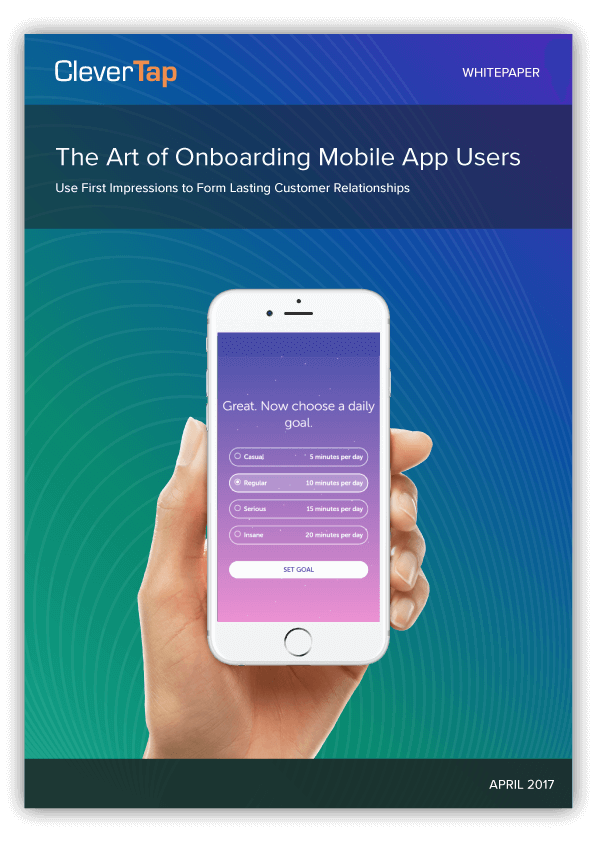
The Art of Onboarding Mobile App Users
Event Strategy Based on Use Cases
When users install and use your media and entertainment app, they engage in different in-app activities that can be tracked and monitored as specific events.
Try these tactics to improve your user onboarding for different types of user segments.
| User Segment | Tactics |
|---|---|
Unregistered Users |
|
Registered but not Activated Users |
|
Registered and Activated Users |
|
Key Business Metrics and KPIs to Track Success
Now you have several key strategies for improving user onboarding. But how will you know if they’re working?
Track the following key metrics to gauge your success and keep upping your game, one newly acquired and onboarded user at a time.
| Metric | Description | Industry Benchmark |
|---|---|---|
Average App Load (Launch) Time | The average time it takes for your app to launch or load on your user’s device | 2-2.5 seconds |
Average Onboarding Time | The average time it takes a first-time user to complete the entire onboarding process on initial app launch | 2-5 seconds* *This depends on the complexity of your app |
Install to Registration Rate | The percentage of users that go on to register post app installation | 44% |
Average Cost Per User Registration | The average cost you incur in getting a user to install and register on your app | $11.20 |
Crash Rate | The percentage of app loads that result in crashing | 1-2% of all app launches |
What’s Next?
Creating app awareness and securing installs is a great launchpad for eventually delivering the ultimate user experience. This has to be followed by seamless user onboarding to drive conversions down the line.
Lose users at this stage and you’re fighting an uphill battle to grow your app.
I’ll highlight different strategies for driving user engagement and monetization in my next blog post. Stay tuned for more!
The Intelligent Mobile Marketing Platform
Mrinal Parekh 
Leads Product Marketing & Analyst Relations.Expert in cross-channel marketing strategies & platforms.
Free Customer Engagement Guides
Join our newsletter for actionable tips and proven strategies to grow your business and engage your customers.

